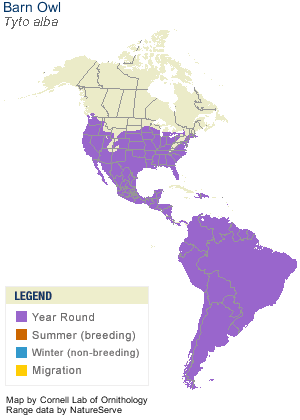Welcome to Mill Mountain Zoo
Roanoke, Virginia
Meet our Barn Owl, Pumpkin!

Scientific Name: Tyto alba
STATUS: Least Concern
Why? The species has an extremely large range.
Diet: Carnivorous: Small mammals, particularly rats, mice, voles, lemmings, and other rodents; also shrews, bats, and rabbits.
Fun Fact:
1) Barn Owls swallow their prey whole—skin, bones, and all.
2) The Barn Owl has excellent low-light vision, and can easily find prey at night by sight.
Frequently Asked Questions:
1) When are Barn Owls most active?
Barn Owls fly slowly over open fields at night or dusk with slow wing beats and a looping, buoyant flight.
2) Do they only live in barns?
No, barn owls will nest in any area where they have a level surface on which to lay their eggs. They don’t build nests but use cliff edges or tree cavities. Older and abandoned barns can provide such surfaces, but are not their natural nesting place!

